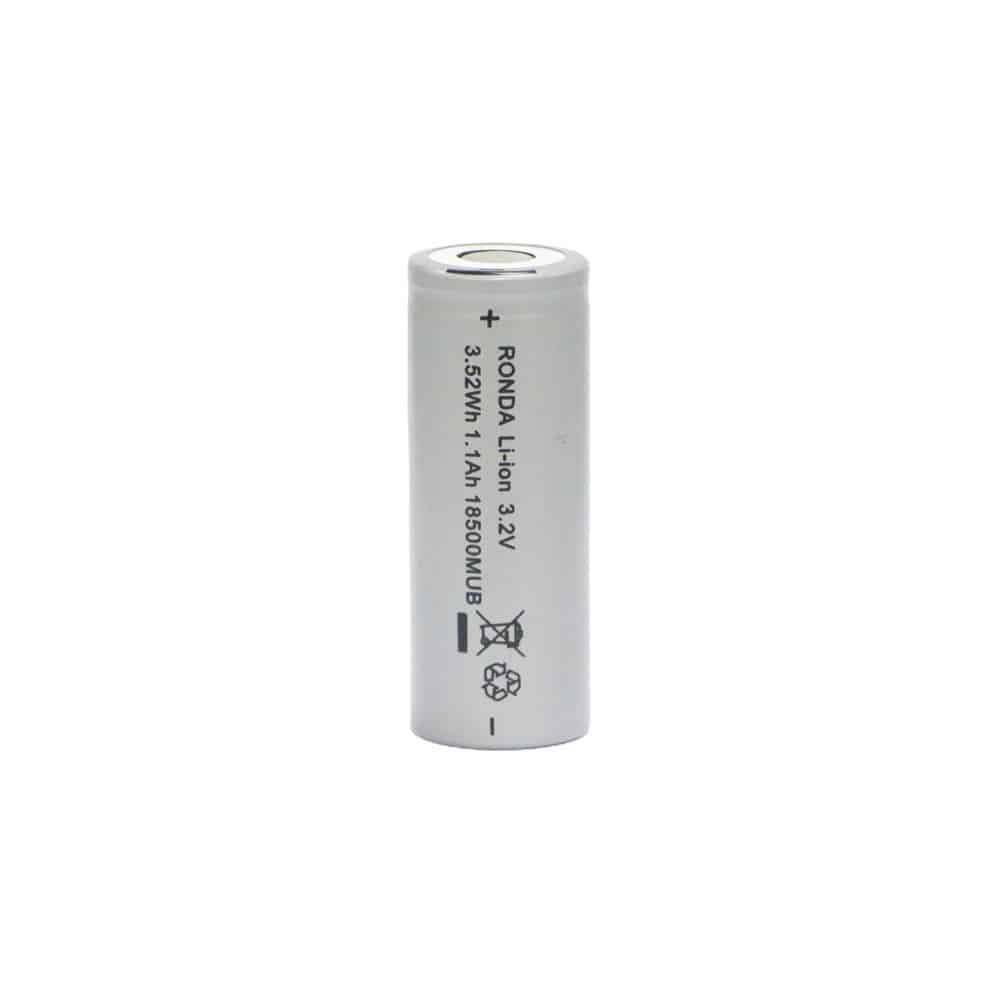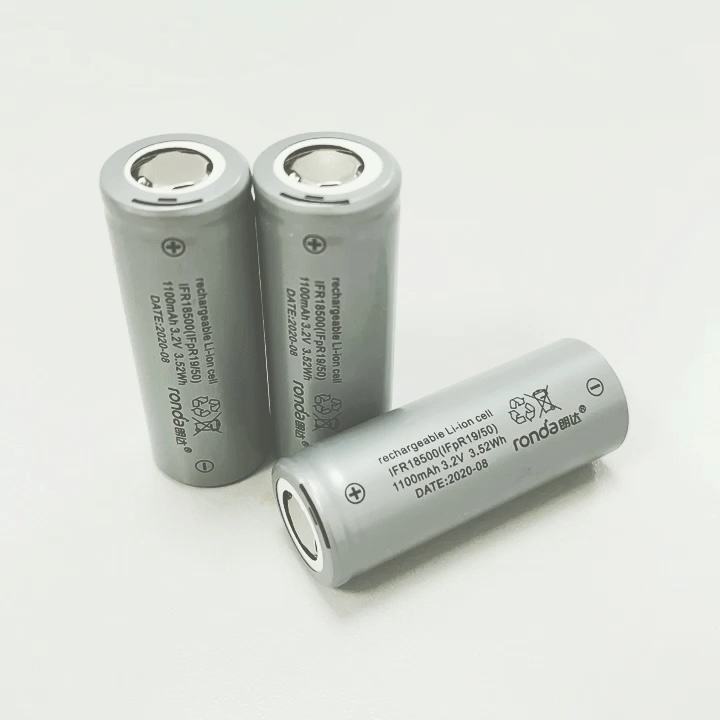Particle size analysis of positive electrode materials for lithium-ion batteries
The particle size and particle size distribution of cathode materials for lithium ion batteries have a great impact on the safety performance of batteries and the compaction density of electrode plates, as well as the electrical performance of battery materials. Particle size analysis methods mainly include sedimentation method, screening method, Kurt method, electron microscope statistical observation method, electro ultrasonic particle size analysis method, laser diffraction method and dynamic light scattering method. The particle size analysis of positive electrode materials for lithium-ion batteries is mainly applied by laser scattering method, and the testing steps mainly refer to the standard GB/T19077-2016.
The principle of laser scattering method is that the particle sample is dispersed in a suitable liquid or gas at a suitable concentration, passing through a monochromatic beam. When light meets the particle, it scatters at different angles, and the scattered light is measured by a multi detector. By using appropriate optical models and mathematical processes to convert these quantified scattering data, the percentage of particle volume relative to the total volume of particles on a series of discrete particle size segments is obtained, thereby obtaining the particle size volume distribution.

The laser scattering method is easy to operate, fast to test, widely applicable, and has good repeatability. When measuring the particle size and particle size distribution of cathode materials for lithium ion batteries by laser scattering method, it is necessary to determine the refractive index and absorptivity of the cathode materials, otherwise the measurement will lead to errors. Zhu Guo et al. used a laser particle size analyzer based on the principle of laser scattering to test the particle size of lithium cobalt oxide cathode material. The analysis showed that the test data had small error and good reproducibility.


